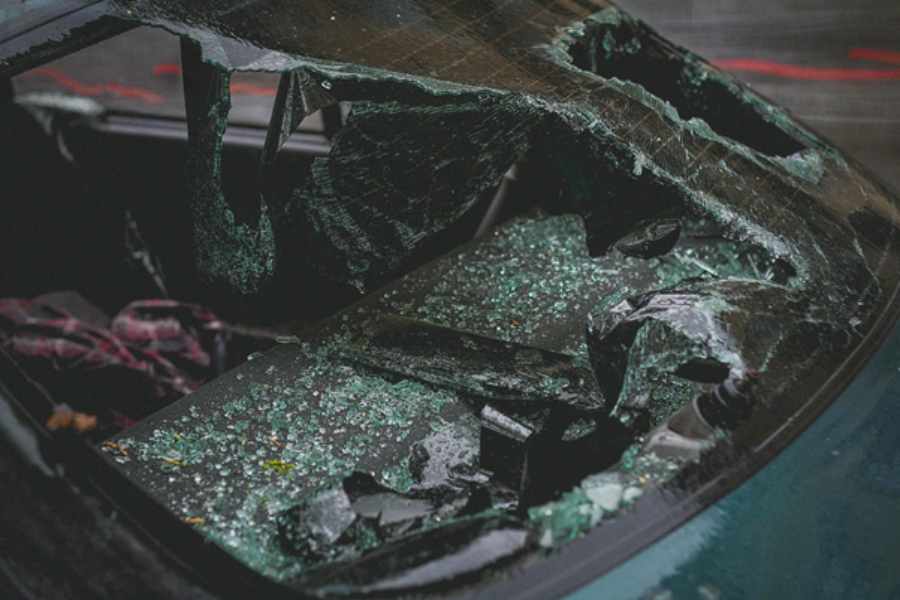Rear-end collisions are among the most common types of car accidents and can range from minor fender benders to serious crashes with significant injuries. Knowing what steps to take after such an incident can help protect your health, rights, and financial well-being. Here’s a comprehensive guide to what you should do if you’re involved in a rear-end collision.
Seek Legal Advice Early
One of the first steps after a rear-end collision is to seek legal advice, especially if there are injuries or disputes about who is at fault. An experienced lawyer can guide you through the legal process, help you gather evidence, and negotiate with insurance companies to ensure fair compensation. Hiring experts like Paul Knopf Bigger lawyers who specialize in handling rear-end collision cases and offering expert advice to protect your interests is essential. Working with a lawyer ensures that your rights are safeguarded and that you’re not taken advantage of during settlement negotiations.
Check for Injuries and Seek Medical Attention
Your health and safety should be the top priority after a collision. Check yourself, passengers, and anyone else involved for injuries, even if they appear minor. Sometimes injuries like whiplash or internal damage may not show immediate symptoms but can worsen over time. It’s crucial to seek medical attention promptly, as delaying treatment can impact both your recovery and any claims you might file later. Keep all medical records and documentation, as they will be important for any insurance or legal proceedings.
Contact the Police
Regardless of the severity of the accident, contacting the police is essential. A police report provides an official record of the incident, which can be critical for insurance claims and legal disputes. When speaking with law enforcement, provide factual information without admitting fault or speculating about what happened. The police report will include details such as the location, weather conditions, and statements from all parties involved, helping establish a clear picture of the collision.
Document the Scene
Documenting the scene of the accident is one of the most critical steps you can take after a rear-end collision. This evidence can serve as the backbone of your insurance claim or legal case, providing a clear and detailed account of what occurred. Start by taking photographs of all vehicles involved in the collision, capturing the damage from multiple angles. Be sure to include close-up shots of specific damage as well as wide-angle photos showing the position of the vehicles on the road. Document any skid marks, road debris, and traffic signs or signals near the scene, as these details can help reconstruct the events leading up to the crash.
Besides photographing the vehicles, take pictures of the surrounding environment, including weather conditions, lighting, and any obstructions that may have contributed to the accident. If there are visible injuries, document those as well, but only if it’s appropriate and consent is given by the injured party. Video footage can also be beneficial, as it provides a more dynamic representation of the scene, including sounds and movement that photos may not capture.
Exchange Insurance and Contact Information
Exchange information with the other driver, including names, phone numbers, insurance details, and vehicle registration. Be polite and cooperative but avoid discussing fault or making accusatory statements. Sharing accurate information ensures that the claims process moves forward without unnecessary delays. If the other driver refuses to provide their details or behaves aggressively, report this to the police when they arrive.
Notify Your Insurance Company
Inform your insurance company about the collision as soon as possible. Many insurers require prompt notification of accidents to process claims efficiently. Provide them with all the necessary information, including the police report, photos, and witness statements. Be honest and factual about the incident, but avoid providing more details than necessary until you’ve consulted with your lawyer. Your lawyer can help you navigate interactions with the insurer to avoid potential pitfalls.
Follow Up on Medical and Legal Matters
Even after the immediate aftermath of the collision, it’s important to stay proactive about medical and legal matters. Attend all follow-up medical appointments to ensure proper recovery and document any ongoing pain or limitations. Maintain communication with your lawyer to stay updated on the progress of your case or insurance claim. Keeping detailed records of all expenses related to the accident, including medical bills, car repairs, and lost wages, will strengthen your claim and ensure you’re adequately compensated.
Being involved in a rear-end collision can be stressful and overwhelming, but taking the right steps can make all the difference in protecting your health, rights, and financial stability. From seeking legal advice and medical attention to documenting the scene and working with your insurance company, each action plays a crucial role in ensuring a smooth resolution. By staying informed and proactive, you can navigate the aftermath of a rear-end collision with confidence and get the support you need.

